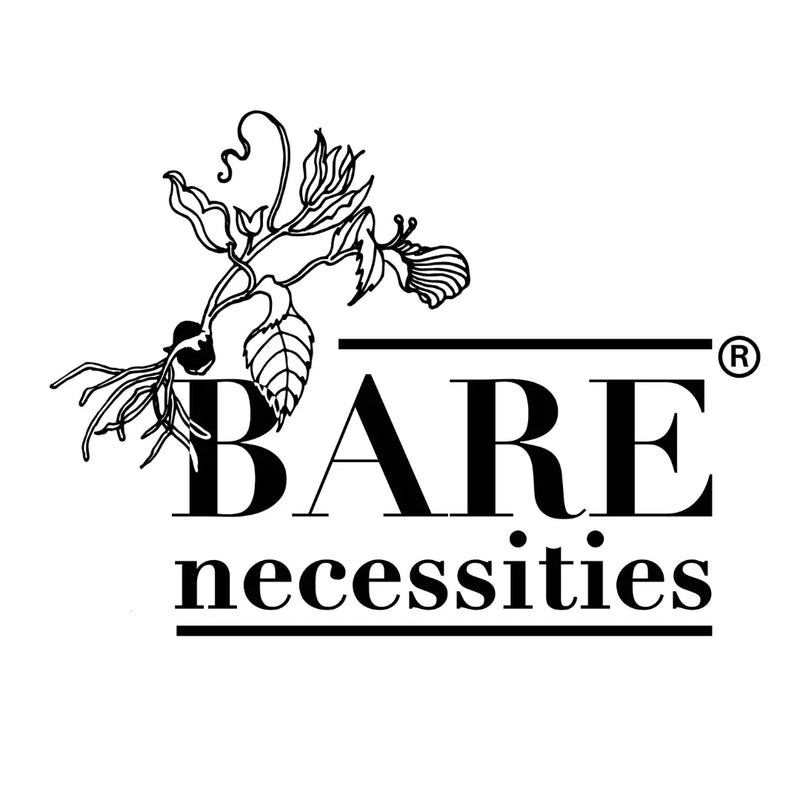Finding Beauty On Our Side Of The Fence (The Side With All The Waste!)

I have always liked finding great contrasting images when I travel. Yet, when I think about this in relation to waste I hesitate. Do I still like it? What value is in it?
There was a golf course I drove passed in Hyderabad on the weekend. The rickshaw driver spoke about it passionately as we wound around the curves of the road, directed ever onward toward Golconda Fort, a fortified citadel and an early capital of the Qutb Shahi dynasty. I peered through and over the fence to the right as the driver’s hand pointed to the bright green region, kept in pristine condition, next to the road. It was pristine in the same way that the roadside was derelict.
Waste lay scattered all around. Now, this is really not surprising. Waste is often scattered around. I walked passed it in the city streets of Hyderabad. I saw it near the airport the previous morning when I arrived, and in the city I had travelled from. Yet, it still stuck out. The refuse, this mass production and consumption- this linear life cycle of products that we are accustomed to. So poignantly did it linger there that I feel the rickshaw driver and I wanted to yank the vehicle at a 90 degree angle off the road, over the fence and onto the 11th green of the pristine golf course. Well… that is only if the rickshaw driver was seeing the situation like I did. Perhaps he didn’t.
Perhaps he had ignored the waste, become accustomed to it to such an extent that he no longer noticed it. This is entirely possible, in fact it is likely that it is a plausible reason as to why we all continue operating in a linear process of production and consumption (aside from the fact that change is hard because many large companies, where our products come from, do not make change easy for us). If we were to use the rickshaw driver as an example of everyone, he is a man who aspires to live in the lush green fields of the golf course, yet that is all it is at the moment, an aspiration.
He peers through and over the fence, seeing the pristine environment as a better part of life. Clean, green, fresh water, trees, a little sand, soil, birds and a squirrel or two. He has been ignoring where he actually is- the dirty roadside with waste scattered all around- for so long that he no longer notices it. He, and for that matter a number of us, are stuck between trying to live in a perceived better and cleaner environment while actually living on the other side of the fence, which is the real side of the world.
Golf courses are not natural. They do not allow forests to grow wild with animals and birds or children to run free as they grow. It is a perceived version of beauty. I imagine many of the larger companies I noted earlier who are reluctant to change their methods of production have many of their employees playing a round or two on courses such as the one near the ancient fort in Hyderabad. I’m not suggesting that it doesn’t hold a degree of beauty, or that the game is not a good use of an individual’s leisure time, instead, I’m stating that it is time that we looked more closely to the world that we are actually living in.
We are all standing on the side of the fence with the waste. The people playing golf are from this side of the fence too. They travel these roads. They and you and I see the mass consumption, production and disposal of products that we use every day. All together we should be able to see the great juxtaposition of the golf course to that winding, waste filled road on the way to the ancient fort. We should realise, not only that we have done this, but that we can do something about it. We can change habits and by doing this we can change how large companies manufacture products. We can make the side of the fence that we are on become wild again with trees and wildlife. It can become beautiful again. We simply need to make a choice.
Therein lies the great value of contrasts, of juxtaposition. If we were to see a great piece of artwork next to a child’s drawing. A building knocked down because of a fire while another one stands perfectly beside it. A mouse compared to a whale. Which image do you prefer? Which one draws you? I’m thinking it is the same one that draws me. Yet, we can provide the child with education to become a great artist to the standard of the predecessor. We can rebuild a building and utilise the remains from a fire in ingenious ways. We can see beauty in both a mouse and a whale. And, we can clean up our side of the fence beside the road so that it becomes a wild type of beauty in the same way that the golf course is a constructed type of beauty. Both hold value, it is up to us to see it and act on it in order to value all the treasures the world has for us.
